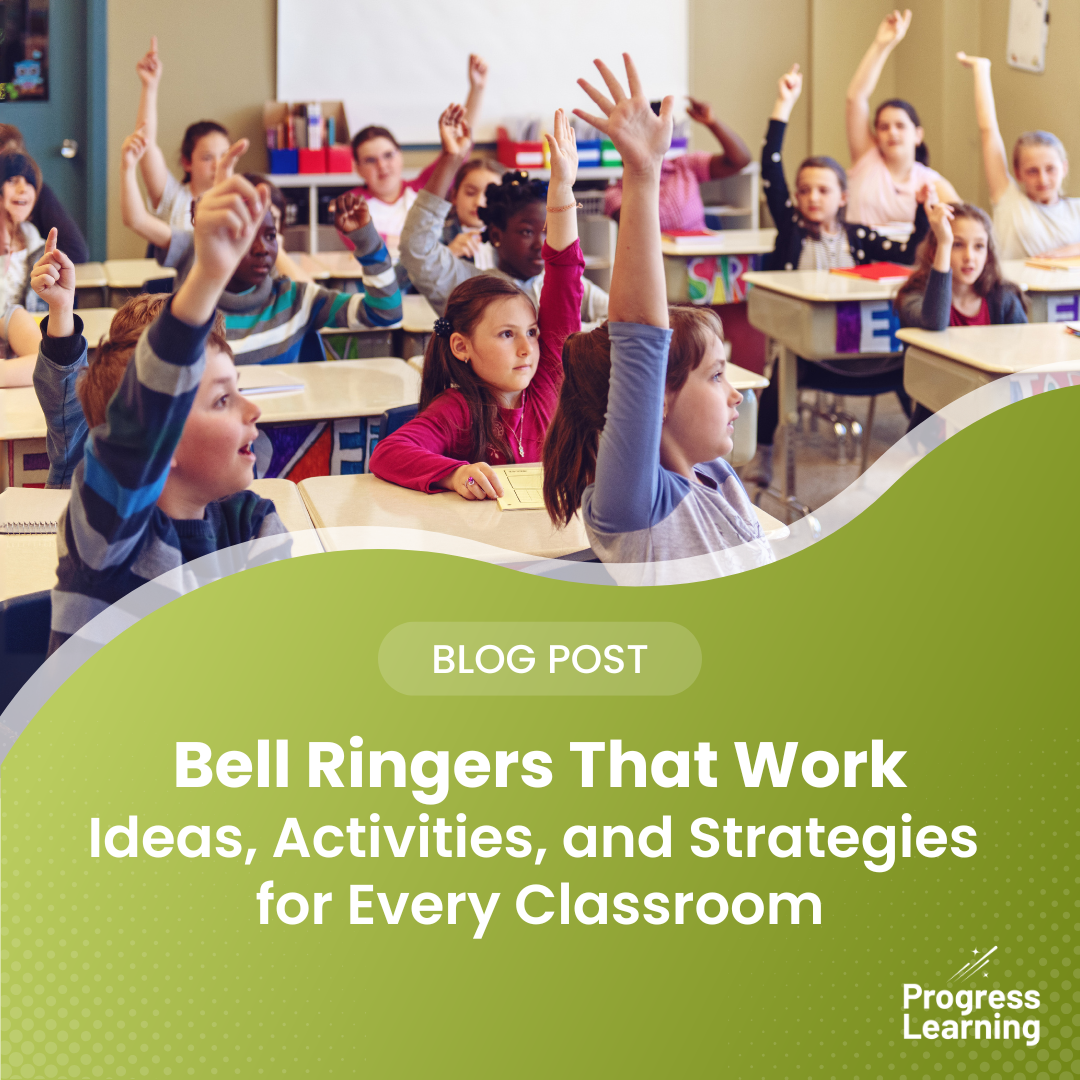Starting the School Year Strong: A Teacher’s Guide to Building Momentum from Day One
There’s something about the first day of school—the clean whiteboards, the fresh notebooks, the hopeful energy that anything is possible. As a classroom teacher, I always saw it as a rare opportunity: a blank slate to create the kind of classroom culture and academic momentum that would carry us through the year.
But the truth is, starting strong isn’t just about decorating bulletin boards or color-coding folders. It’s about setting intentional systems, building student trust, and using the right tools to meet students where they are. If you’re wondering where to begin, focus on three essentials: communication, routines, and time management.
Let’s break each one down with strategies, examples, and takeaways that can support your start—no matter your grade level or subject.
1. Start with Clear and Compassionate Communication
Classroom success begins with communication—between teachers and students, teachers and families, and students and their peers. The more transparent and consistent you are up front, the fewer misunderstandings and the stronger the trust you’ll build throughout the year.
Why It Matters
When students know what’s expected, they can focus on learning instead of decoding rules. When parents feel informed, they’re more likely to be supportive. And when you take time to listen and check in, you uncover valuable insight into what your students need to succeed.
Strategies for Building Strong Teacher-Student Relationships
- Daily check-ins: I kept a “comment box” where students could drop anonymous notes: questions, worries, or wins. On Fridays, I’d respond to as many as possible.
- Classroom agreements: Co-create classroom norms with students. Let them define what respect, participation, and support look like.
- Listening actively: During group discussions or one-on-ones, model active listening—nodding, paraphrasing, and asking follow-up questions.
Engaging Parents and Guardians
- Weekly updates: Whether it’s a Friday newsletter, email, or LMS post, regular updates build trust. Highlight successes, share upcoming content, and include ways families can support learning.
- Early contact: Don’t wait until a student is struggling to reach out. A positive note or call in the first two weeks goes a long way.
- Family participation: Offer flexible ways for parents to engage, from virtual guest reads to volunteering behind-the-scenes.
2. Establish Routines That Reduce Stress and Build Independence
The beginning of the year can feel chaotic—for you and your students. Establishing consistent routines helps students know what to expect, which increases focus and reduces anxiety.
What Effective Routines Look Like
- Start-of-day structure: Begin with a bellringer, journal prompt, or check-in question. This signals that learning begins the moment they walk in.
- Transitions with purpose: Whether it’s moving between subjects or tech tools, teach and rehearse transitions until they’re seamless.
- End-of-day reflection: Use the last 5 minutes for exit tickets, pack-up procedures, or class shoutouts.
Real-World Example
In my classroom, we used a “3-2-1” routine to end each day: 3 things we learned, 2 questions we still had, 1 way we showed kindness. Not only did this reinforce academics, it strengthened community.
Adapting Routines for Diverse Learners
- Visual schedules help students who benefit from structure.
- Flexible seating allows students with attention needs to move without disruption.
- Choice boards and learning menus support differentiated learning styles.
3. Teach and Model Time Management Skills
Time management isn’t just an academic skill—it’s a life skill. Yet most students haven’t been explicitly taught how to manage deadlines, prioritize tasks, or plan long-term projects. The start of the year is a perfect time to begin.
Tools and Techniques
- Student planners: Start with a class-wide demo. Model how to track assignments, due dates, and study goals.
- Chunking assignments: Break projects into smaller tasks with check-ins along the way.
- Classroom calendars: Post daily and weekly objectives visibly so students can anticipate what’s coming.
Embedding Time Management in the Curriculum
- Assign projects that require planning. Offer checklists and rubrics from the start.
- Build reflection time after projects or assessments—ask students what went well and what they’d do differently next time.
- Set classroom goals together (e.g., “Let’s complete our bellringers within the first 5 minutes this week!”)
Final Thoughts
Starting the school year strong isn’t about getting everything right. It’s about being thoughtful, consistent, and responsive. It’s about creating a space where students feel safe enough to try, supported enough to persist, and challenged enough to grow.
Set your tone early.
Communicate clearly.
Model the habits you want to see.
And remember: the systems you build in August will be the scaffolding that supports learning all year long.
Here’s to your best school year yet!
Subscribe below for more insights from real teachers


